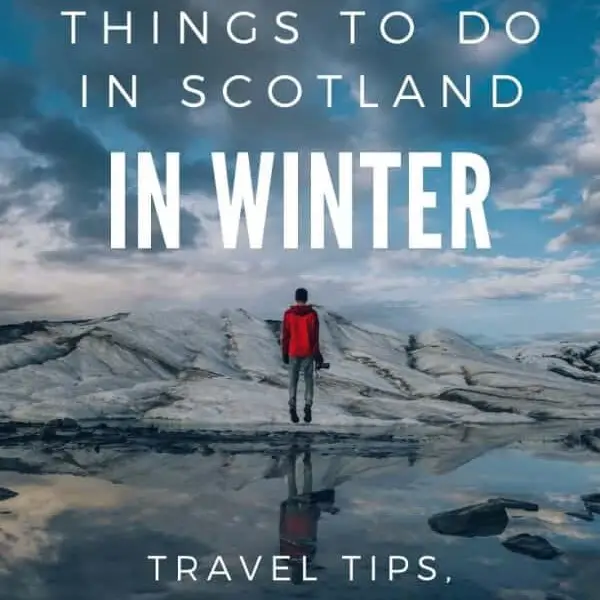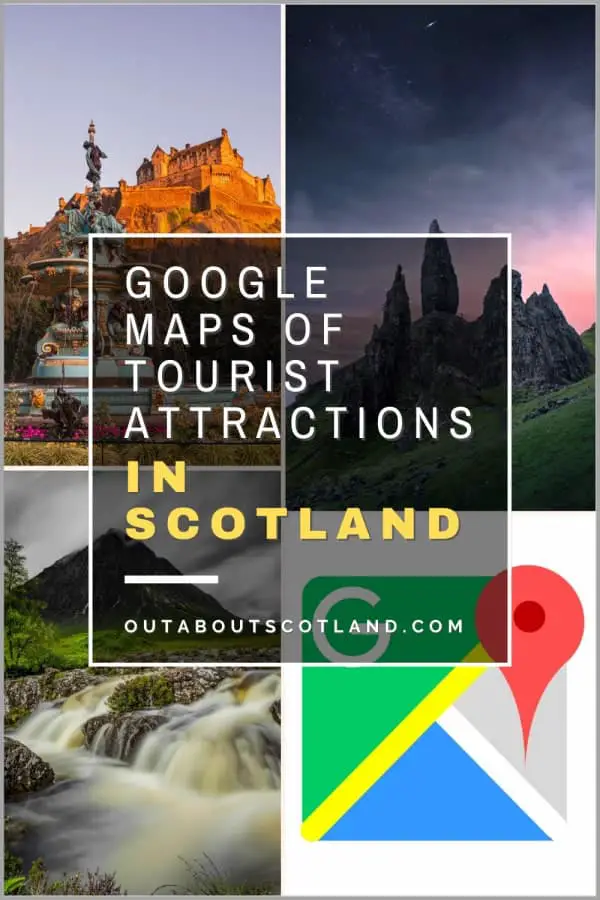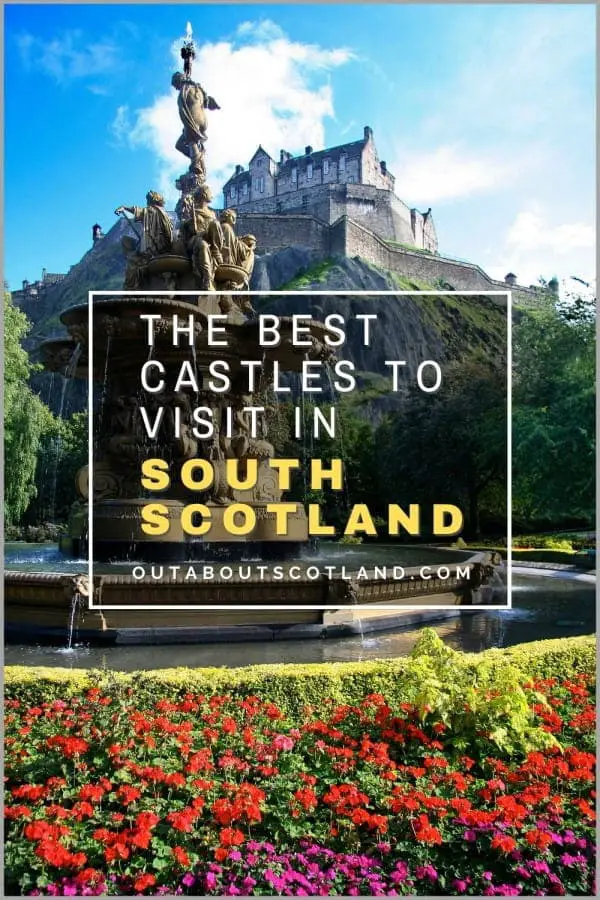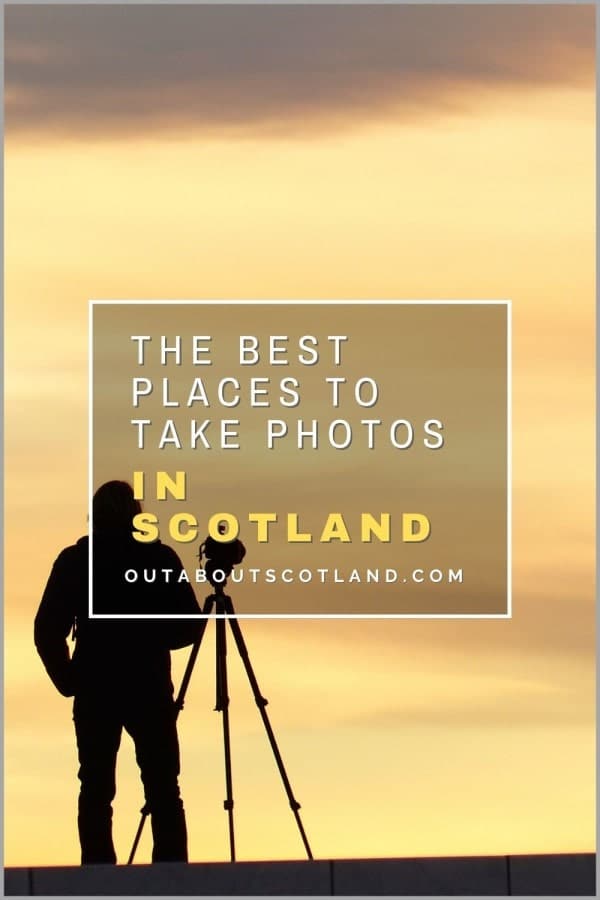Scotland’s winter weather can be miserable, with temperatures rarely rising above 6 °C and daylight lasting just 6-7 hours per day. It’s just as well, then, that Scotland has a superb collection of winter tourist attractions, with outdoor destinations like the Highlands offering unrivalled snow sports and cities like Edinburgh and Glasgow full of family-friendly indoor activities.
In this guide, you’ll discover the best things to do in Scotland in winter, along with lots of handy travel advice and sightseeing tips that will help you make the most of your time in this amazing country.
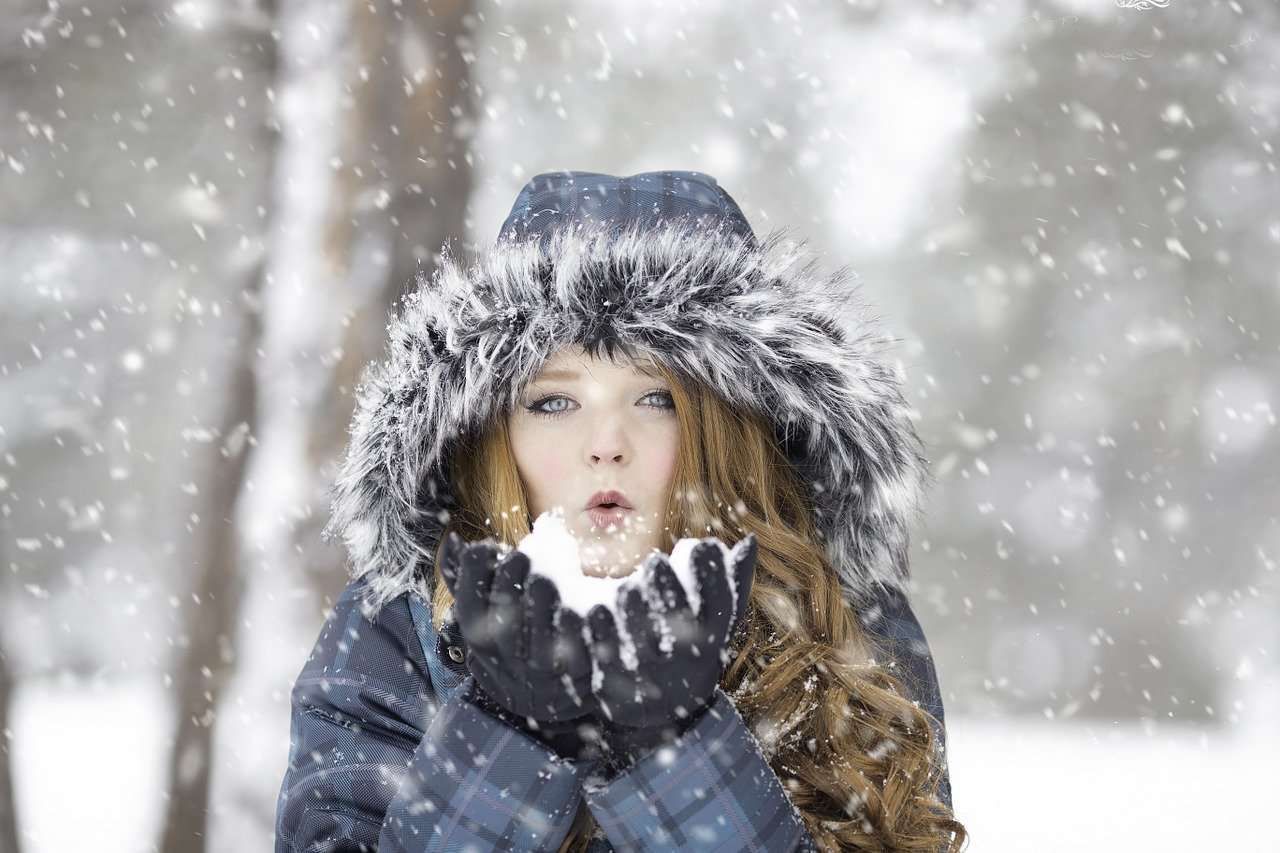
Things to Do in Edinburgh in Winter
As the capital of Scotland, Edinburgh is the perfect destination for a winter holiday in Scotland. From the cosy pubs along Rose Street to the sprawling maze of rooms in Edinburgh Castle, you’ll find enough attractions to keep all ages and interests occupied, no matter the state of the weather outside.
In addition, the theatres, museums, and art galleries (most of which are free), the fantastic array of places to eat, and one of the best winter festivals in Europe, make Edinburgh a must-visit winter destination.
Edinburgh Castle
Address: Castlehill, Edinburgh EH1 2NG, UK
Who needs sunny skies when there’s the grandest castle in Europe in the middle of Scotland’s capital city? Edinburgh Castle deserves its place as the number one tourist attraction in Scotland, with over 2 million visitors walking around its ancient rooms, corridors, and courtyards each year.
But while a summertime visit to this incredibly popular attraction will see you getting stuck in enormous queues, visit the castle in the winter and you’ll find that it’s a much more relaxed affair. The castle is full of interesting things to see, and although the entry fee is on the pricey side at £10–£20 per person, it’s so big that it will take the best part of a day to fully explore.
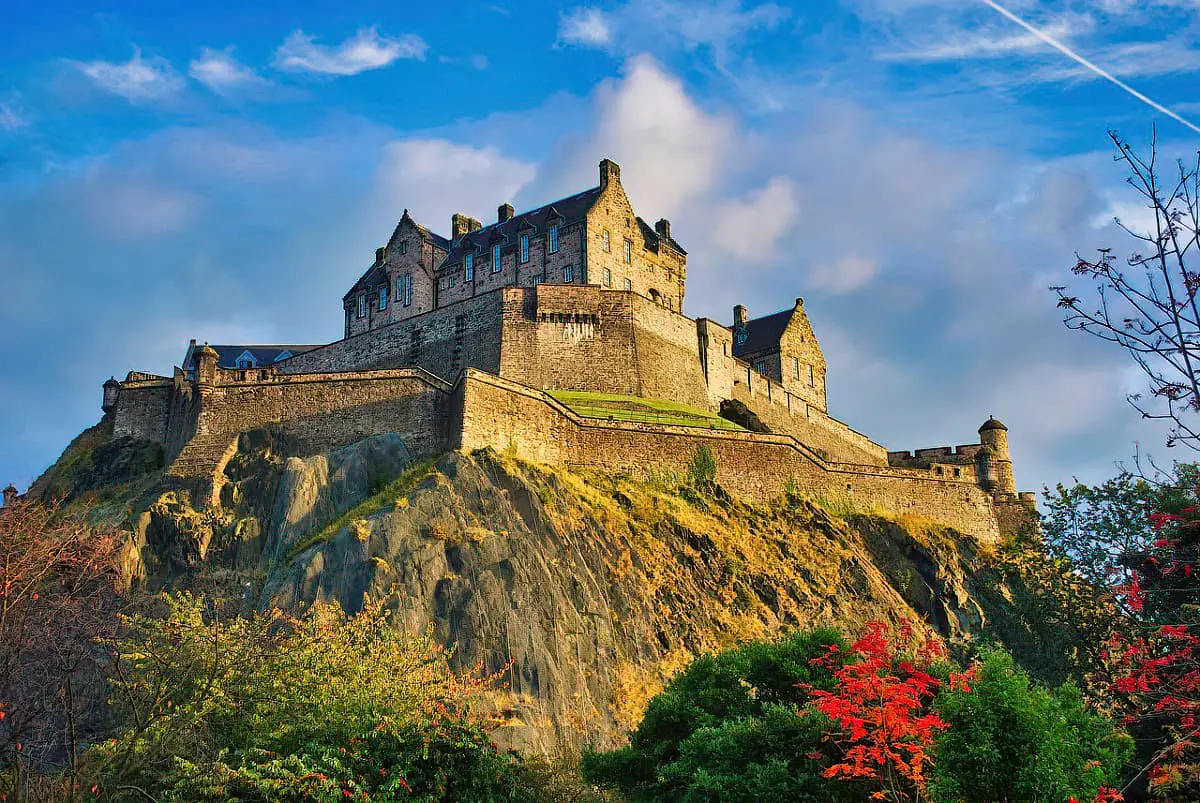
On-site attractions include the Scottish National War Memorial, the National War Museum, several regimental museums, the Royal Palace, and Saint Margaret’s Chapel, to name just a few.
While you’re at the castle, make sure you take the time to see the crown, sceptre, and sword of state of the Scottish Crown Jewels and learn about their incredible history before stopping to take a few photos looking out over the city from the half-moon battery.
After seeing that lot, tired feet can take a rest at the excellent castle café and restaurant in the main courtyard. As an extra tip, make sure you’re in the courtyard to hear the ear-popping one o’clock gun being fired, a tradition that has been re-enacted every day since 1861.
Edinburgh’s Christmas Festival
Address: Princes Street, Edinburgh
If you’re looking for ideas for holidays in Scotland at Christmas, look no further than Edinburgh. Forget the high-end shopping experiences in London or the Gluwein-fueled Christmas markets in Germany, because Scotland’s capital city manages to merge both while adding a bucket-load of world-class attractions on top.
We don’t do things by half in Auld Reekie and not only will you find one of the best Christmas markets in the UK, but you’ll enjoy more Santa-themed shows and activities than you can poke a candy cane at.
The market in Princes Street Gardens is one of the highlights as it hosts more than 100 chalets selling gifts and souvenirs from haggis to German sausages, hand-carved wooden nutcrackers to personalised Christmas ornaments, and clothes ranging from cashmere tops to tartan woolly scarves.
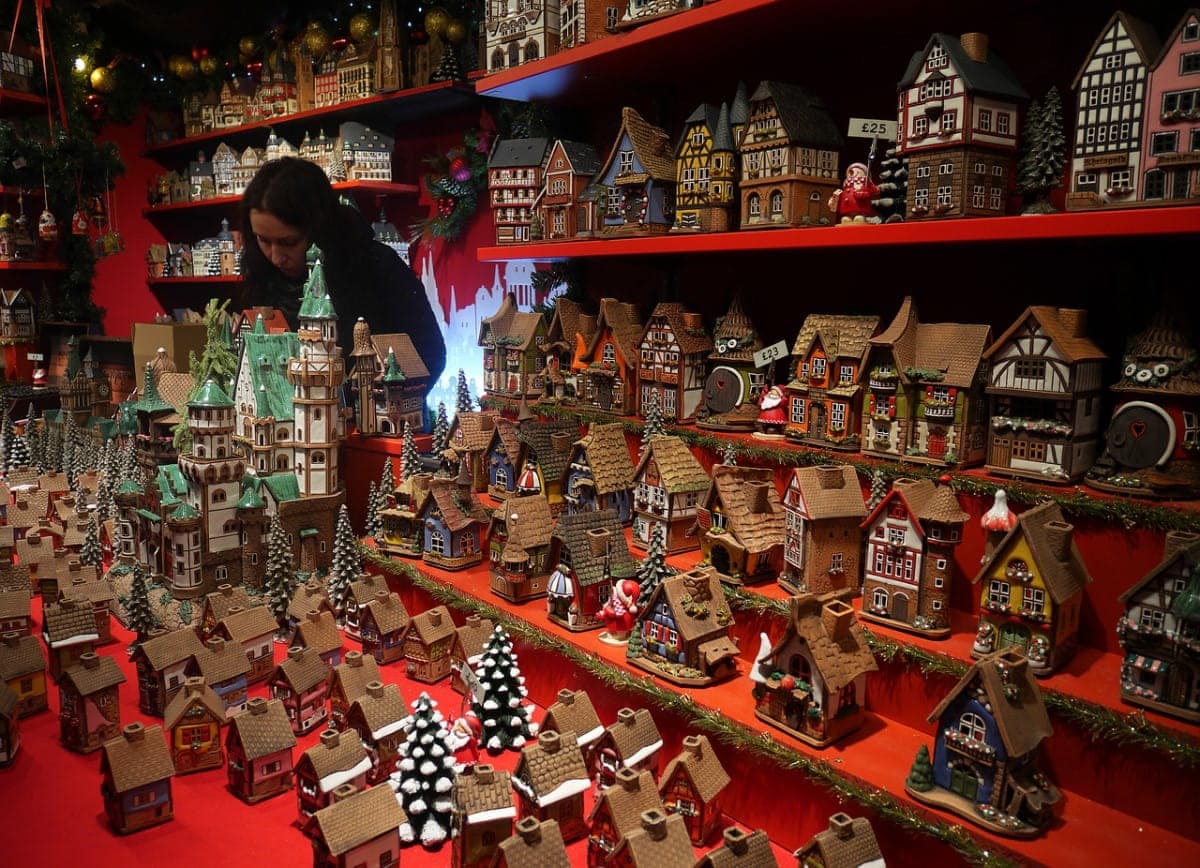
If you want to enjoy family shopping while sipping on a warm glass of spicy mulled wine, Edinburgh’s Christmas market is the place to go. Nearby, you’ll find a funfair with a big wheel, the (slightly terrifying) Star Flyer ride, a Christmas theme park for younger children, an ice skating rink, a gallery of ice sculptures, and more friendly pubs and bars than you’ll be able to stagger between.
Not only that, but there are lots of shows during Edinburgh’s Christmas festival, with regular appearances by the circus and cabaret act La Clique, the camp-as-Christmas annual panto at the King’s Theatre, and sing-along musicals at the Edinburgh Playhouse.
The National Museum of Scotland
Address: Chambers St, Edinburgh, EH1 1JF
Cold winds and rainy days do not make for for a fun-filled holiday, but there’s no need to venture outside when you can explore the maze of exhibits at the National Museum of Scotland. This enormous museum easily rivals any other worldwide, and not only can you get lost in the wonders of history in the modern section, but you can also marvel at the stunninglyly restored Victorian Grand Gallery.
One of the things I love about the National Museum of Scotland is that it isn’t full of stuffy information booths and boring displays like you’ll see in some other museums. Instead, you’ll find a collection of varied exhibitions that explore the wonders of nature, art, design, fashion, science, technology, and much more.

There are galleries containing meteorites from the dawn of our planet, galleries exploring the history of Scotland, galleries displaying full-size animals from an extinct T. Rex to an endangered Scottish wildcat, galleries focused on world culture, and galleries showing just about anything you can possibly imagine in-between.
Another great feature of the National Museum of Scotland is that it has lots of interactive experiences for kids to get involved with, so not only will a visit keep them entertained, but they’ll come away having learned a few things too. If you have some extra time on your hands, the museum frequently has premium exhibitions that showcase everything from the history of video games to the history of fashion.
There are also a couple of cafés if you feel the need to take a break, and the gift shop sells lots of quality souvenirs. Best of all, entry to the museum is completely free.
The Scottish National Gallery
Address: The Mound, Edinburgh, EH2 2EL
Freezing-cold winters needn’t stop you from enjoying Scotland’s fine collections of artworks, and the Scottish National Gallery at The Mound in Edinburgh city centre contains more than enough culture to keep you busy for an entire afternoon. Masterpieces from around the world are housed at this art gallery, with artworks from Botticelli, Rembrandt, Vermeer, Van Gogh, Monet, and many others displayed across two interlinked buildings: the National Gallery and the Royal Scottish Academy.
The Royal Scottish Academy is used as an exhibition space (usually with an entrance fee) and includes an underground garden level that houses a restaurant, shop and visitor facilities, while the National Gallery building next door (free to enter) houses the major artworks of the collection.
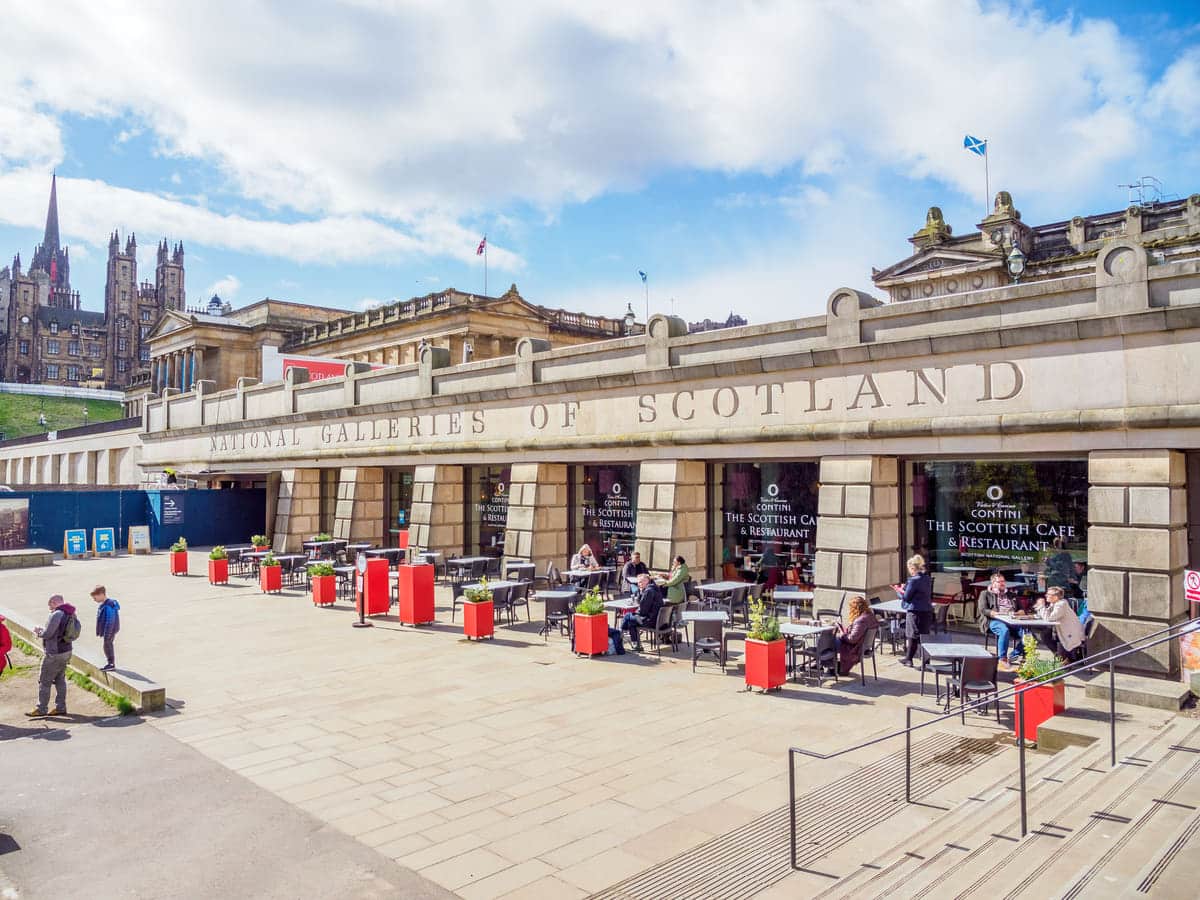
As well as art from international painters, this gallery also contains major examples of Scottish artwork, and there are also storytelling sessions for children. There’s even a free bus that will take you to the Scottish National Gallery of Modern Art, so you can spend most of the day lost in the world of art without having to pay a single penny.
Things to Do in Glasgow in Winter
As the biggest city in Scotland, Glasgow is second to none when it comes to fun things to do in Scotland in winter. This is a city with a rich industrial heritage, and in addition to free attractions like the iconic Kelvingrove Art Gallery and the Riverside Museum, you can also enjoy the vibrant city centre which has some of the best shopping in Scotland and enough theatres, cinemas, bars and restaurants to make your head spin.
Not only that, but there are plenty of museums, galleries, and historic buildings to keep visitors happy no matter their age, and if it’s dry, there are even a few country parks to wander around.
Kelvingrove Art Gallery and Museum
Address: Argyle St, Glasgow, G3 8AG
Kelvingrove Art Gallery and Museum houses one of Europe’s greatest art collections across twenty-two themed galleries, and its extensive collection contains an incredible 8,000 objects in total. The fact the gallery has such a diverse range of artefacts goes some way towards explaining why it’s the most-visited free attraction in Scotland, even beating Edinburgh’s National Museum for annual footfall.
There’s something for everyone at Kelvingrove and the list of displays and exhibitions is too big to include in this article, but some of the most popular exhibitions are; the Arms and Armour Gallery, the Dutch Gallery, the French Gallery, the Charles Rennie Mackintosh Gallery, and the West Court with its Spitfire aeroplane hanging from the ceiling.
Highlights of the museum have to be the painting by Salvador Dali, the Kelvingrove organ (daily recitals happen at 1 pm and 3 pm on Sundays), and the Fulton Orrery, one of the most complicated orreries in the world (an orrery is a mechanical 3D model of the solar system).
Glasgow Cathedral
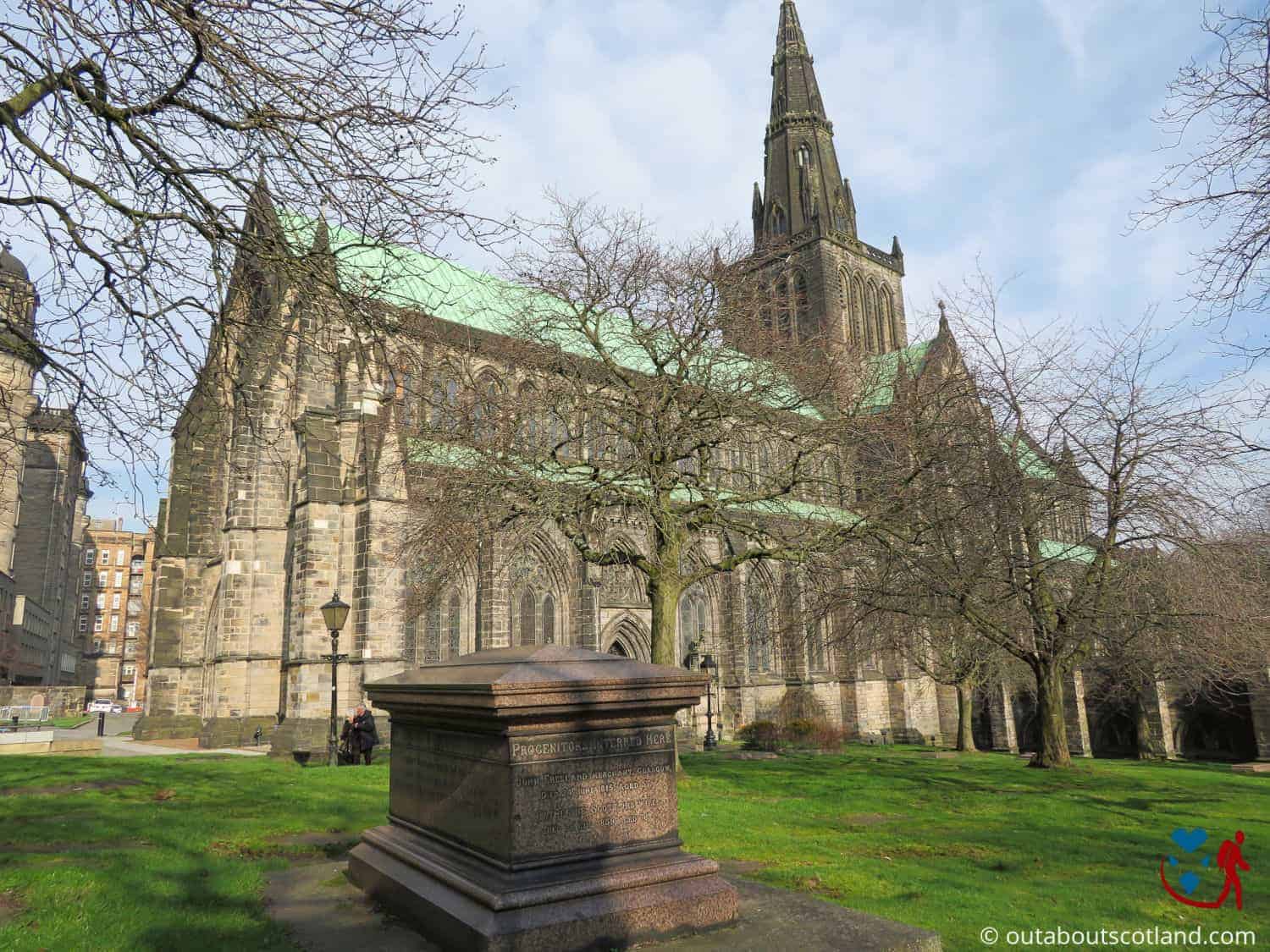
Address: Castle St, Glasgow, G4 0QZ
Glasgow boasts the most complete mediaeval cathedral on the Scottish mainland, with a building that features stunning stained-glass windows and incredibly well-preserved ancient chapels. The cathedral is thought to have been built on the site of St. Kentigern’s tomb (also known as St. Mungo), and many historians consider the cathedral to be the birthplace of modern Glasgow.
There’s a lot to admire about this historic building, especially the ornate stone carvings in the main hall which are remarkably well-preserved considering they were made nearly a thousand years ago.
Other highlights include one of the finest collections of stained-glass windows in Britain, the crypt that was built to house the tomb of St. Kentigern, and the Blacader Aisle with its restored stone gargoyles. The icing on the cake is that after you’ve wandered around the cathedral, it’s only a short walk to two more top-free attractions: The Necropolis and the St. Mungo Museum.
The Necropolis
Address: Castle St, Glasgow, G4 0UZ
The Glasgow Necropolis is one of the few outdoor locations included in this article, but I’ve added it here because one of the best times to visit it is in the winter when the light is fading and there’s a chill in the air. This big, or should I say enormous, burial site is the final resting place for over 50,000 of the city’s residents, and some of the most important people in Scotland’s history have their final resting place in this fascinating city of the dead.
The Necropolis was founded when the need for more burial space for Glasgow’s growing population reached a crisis point in the 19th century, and today the entire site covers a remarkable 37 acres. This is great news for tourists as the Necropolis offers a fascinating experience with a network of paths that run through the graveyard.
A walk through the Necropolis will reveal monuments to Scotland’s most prominent historical figures, including architect Charles Rennie Mackintosh, preacher John Knox, and writer William Miller who penned the children’s nursery rhyme Wee Willie Winkie. It might seem like a strange place to visit, but Glasgow’s Necropolis is definitely worth visiting on a crisp winter’s day.
The Riverside Museum of Transport
Address: 100 Pointhouse Place, Glasgow, G3 8RS
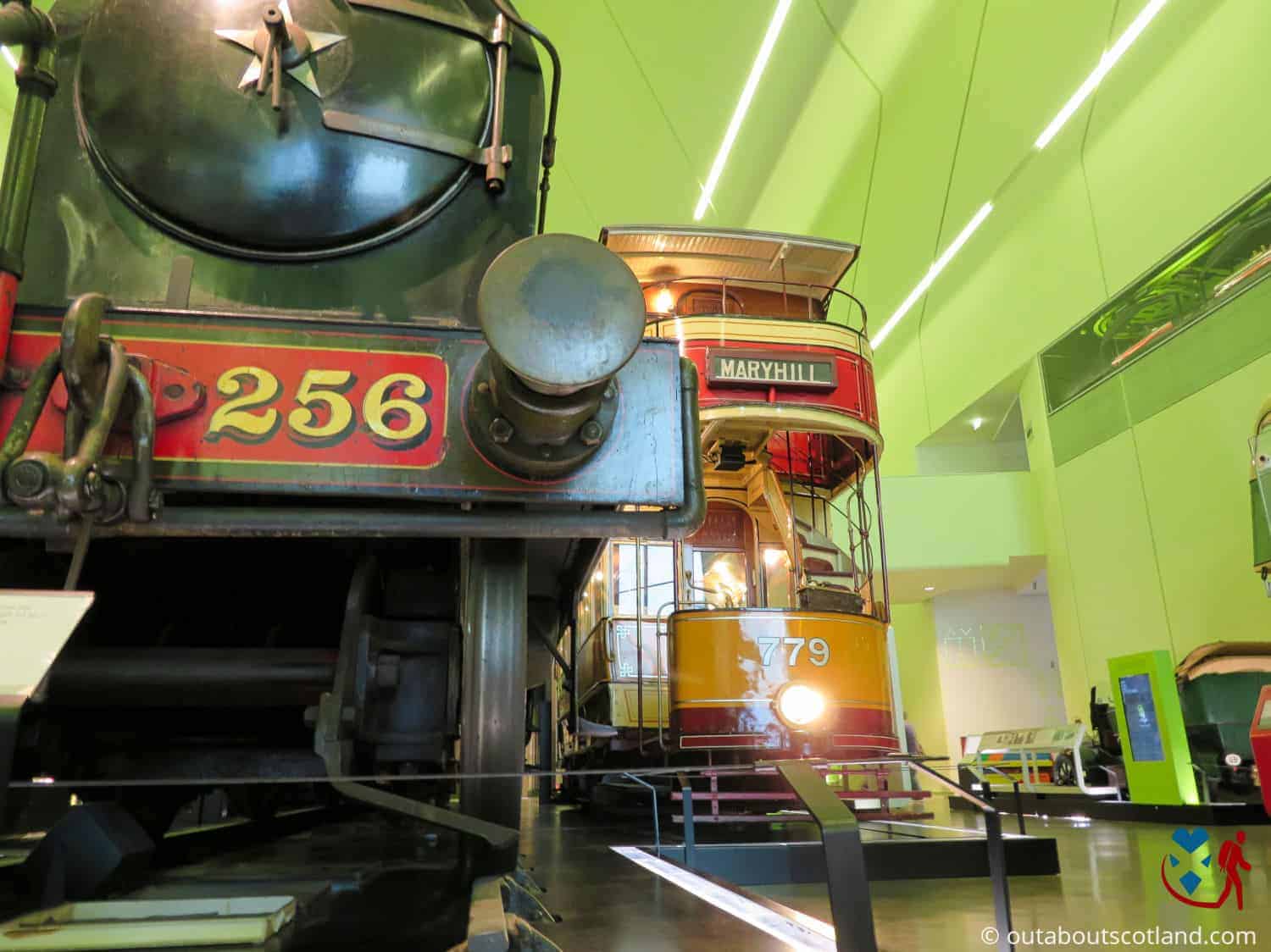
If you’re going to spend a day in Glasgow, then you have to take a walk along the banks of the River Clyde, the waterway that was once home to the city’s world-leading shipbuilding industry. Those days are long gone, but you can at least experience the history of Glasgow’s industrial heritage with a trip to the Museum of Transport.
This museum is free to enter, and it’s big enough to easily spend an afternoon in when the temperature drops, especially if you combine it with a visit to the 120-year-old Tall Ship moored outside on Pointhouse Quay. The Riverside Museum is one of the most popular museums in the city, and each year over a million visitors flood through its doors – which is another reason why visiting Glasgow in the winter is such a great idea as there are hardly any queues.
Inside the museum, you’ll find an impressive range of transport memorabilia with full-size steam locomotives exhibited alongside buses, trams, cars and bikes, plus another 3,000 objects on display from Glasgow’s industrial past.
There’s even a recreation of a Victorian cobbled street, complete with shops and a subway station. If you’re any kind of transport buff or if you have children who love interacting with machinery, the Riverside Museum of Transport should be at the top of your list of places to visit in Glasgow.
Things to Do in the Highlands in Winter
The Scottish Highlands in winter offer something for everyone, with tourists visiting the region in their droves to enjoy walks through stunning mountain ranges and winter road trips around the unsurpassed North Coast 500 touring route.
Glistening ice and miles of crisp, white snow will make you feel like you’re hiking in a winter wonderland, while adrenaline junkies will be more than happy with the dog-sledging, skiing, snowboarding, and ice climbing at places like Cairngorm Mountain.
Ice Factor, Near Glencoe

Address: Kinlochleven, PH50 4SF
The National Ice Climbing Centre at Kinlochleven offers activities for all age groups and abilities, and it can accommodate visitors whether they’re a beginner or an experienced climber. The centre features some of the world’s biggest indoor ice climbing walls and also has rock climbing walls with over 135 routes. Suffice it to say, if you’re in the area and you enjoy climbing, then it’s impossible to get bored at Ice Factor.
Beginners can take to the indoor climbing walls under the supervision of trained instructors, and equipment is available to rent if you don’t want to pay outright for your harness and safety gear for your first few climbs. There are plenty of slabs, corners, and overhangs to practice on, and once you have some practice under your belt, you’ll eventually be able to tackle the more difficult climbing routes.
The ice climbing wall is the highlight of Ice Factor and it’s second to none against any other indoor climbing centre in the world. Over 500 tonnes of real snow and ice have gone into constructing the wall which is a mightily impressive 12 metres (40 feet) high. The climbing centre also features an outdoor aerial adventure course if the weather isn’t too cold, after which you can warm up in the on-site café.
See the Ice Factor website for further details.
Culloden Battlefield
Address: Culloden Moor, Inverness, IV2 5EU
The Culloden Battlefield Visitor Centre is located on Culloden Moor, the site where the Jacobite uprising of 1745 came to its final, bloody end. The battle almost entirely wiped out the Jacobite army and sealed the fate of the leader, Prince Charles Edward Stuart.
If you have any interest in Scottish history, then you really owe it to yourself to visit the battlefield where more than 1,500 Jacobites were killed in less than one hour.
The site is well set up for tourists thanks to the efforts of the National Trust for Scotland, with gravel paths running through the moor so that even on icy days you’ll be able to view the battlefield. You’ll find lots of information panels at the sides of the path as you make your way around the site, which depict how the battle unfolded on April 16, 1746, as the two armies faced each other.
Tourists also have access to a superb indoor visitor centre that explains all the events leading up to the battle, during it, and how shaped Scotland into the nation it is today.
The visitor centre serves to both entertain and inform with interactive exhibitions where characters from the battle retell their stories, and an immersive 360-degree film will help you imagine what being in the centre of the fight would have been like. There’s even an animated battle table to give you a birds-eye view of the sequence of events as they happened, and an excellent café will help you warm up after you’ve been for a walk around the moor.
Cairngorm Mountain Centre
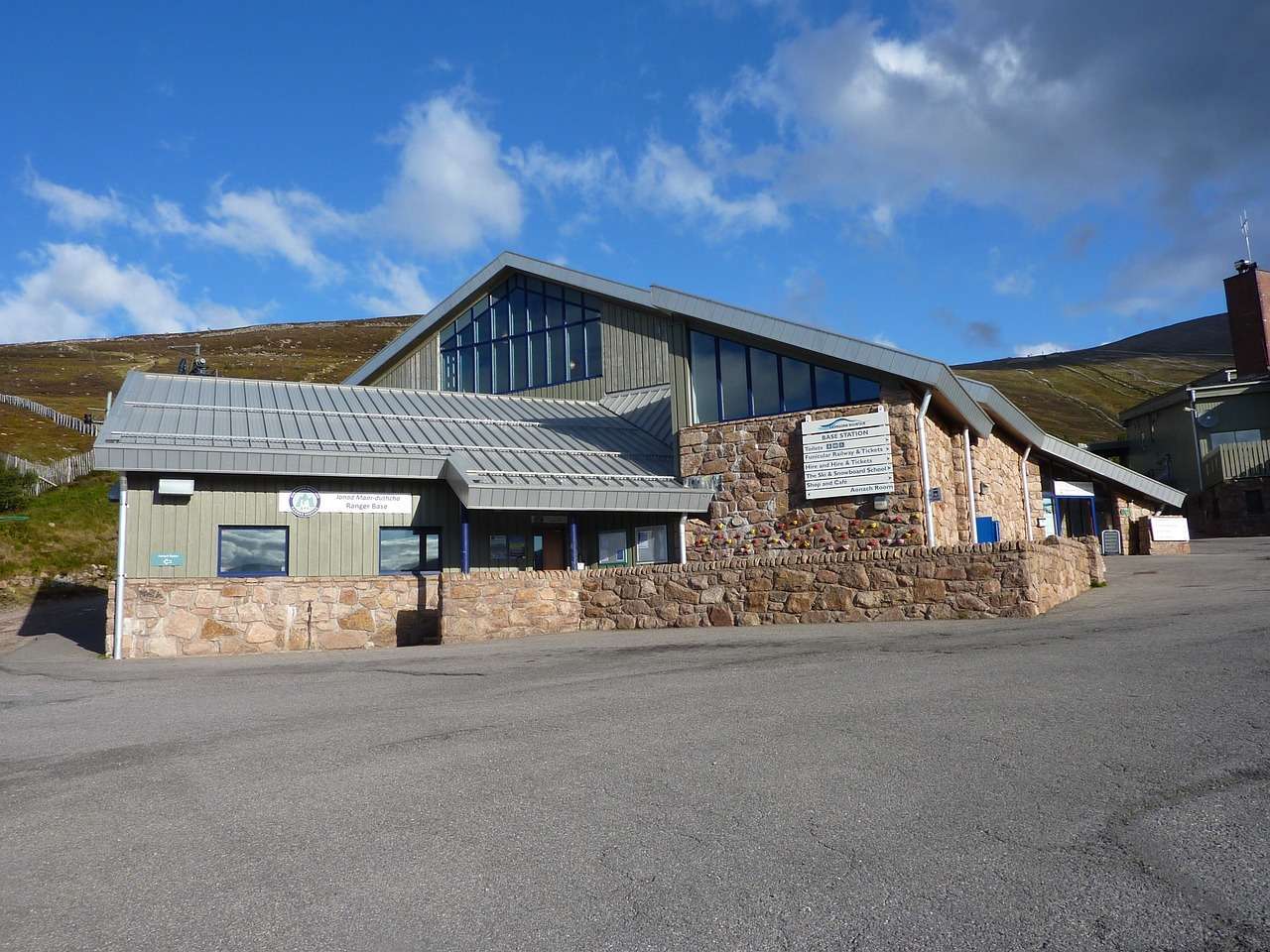
Address: CairnGorm Mountain Centre, Aviemore, PH22 1RB
The Scottish Highlands are home to some of the most dramatic mountain ranges in the world, and visitors from across the planet flock there in winter to enjoy the activities on offer. One of the favourite starting points for many Highland adventures is the Mountain Centre at Cairngorm.
Heading to the Cairngorms when a fresh dusting of snow has hit the landscape is like stepping into another world, with the stark brightness of the snow glistening on the mountaintops that stretch away into the distance.
If you’re not sure what to see first, the Mountain Centre will help you get your bearings with lots of information guides, or you can just stay near the resort if you don’t want to head too far into the wilderness. The Cairngorm Mountain Centre caters for skiers and snowboarders with a variety of pistes that are suitable for both beginners and the more experienced, and a network of ski lifts will whisk you up to the mountaintop in double-quick time.
You can even hire your ski gear from the resort so you don’t have to cram it all into your car, but if you’re not interested in hurtling down the slopes, you can take a ride on the funicular, which is Britain’s highest railway at over 3,500 feet.
Wildlife Watching in the Cairngorms
Address: Grantown on Spey, Cairngorms National Park, PH26 3PR
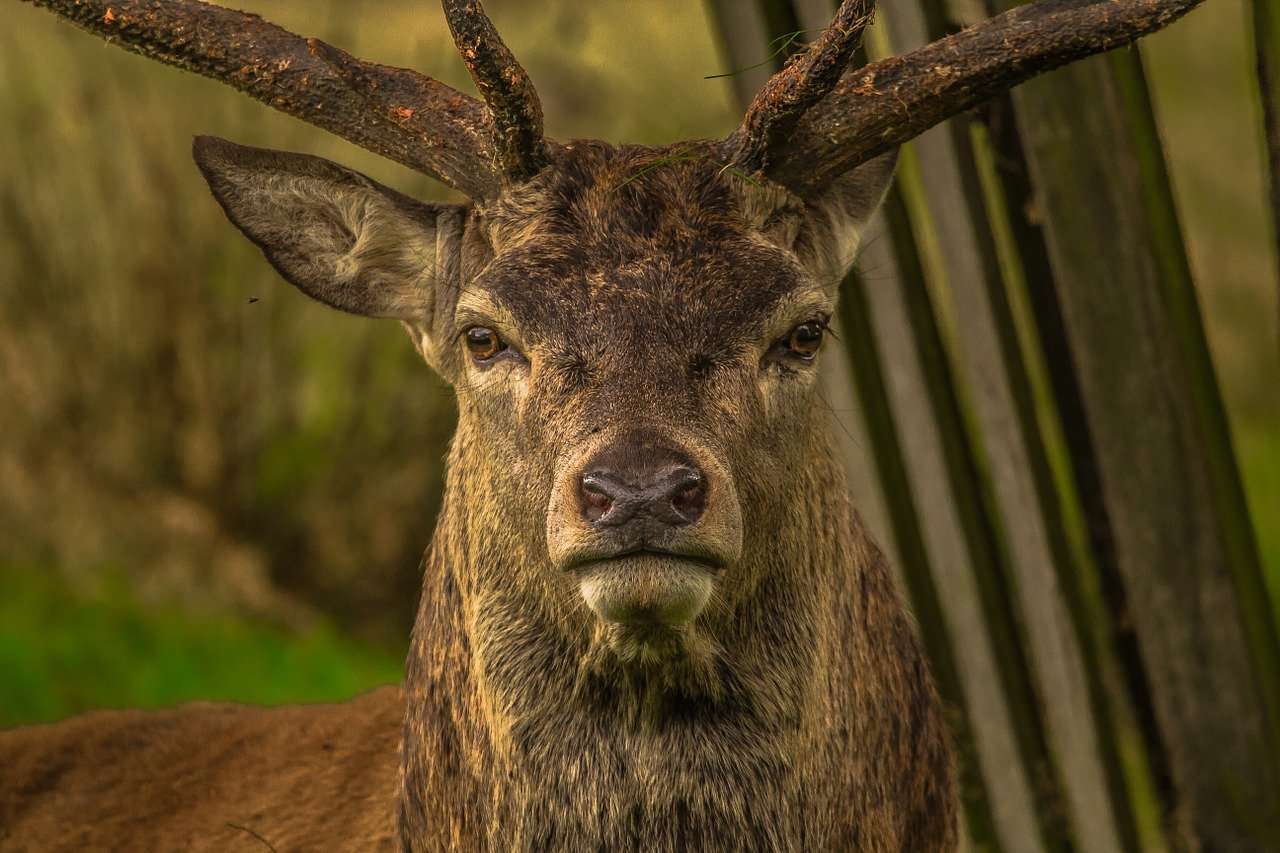
Winter in the Cairngorms is one of the highlights of any visit to Scotland, thanks to the variety of animals that descend from the mountain tops to the warmer climate at the bottom.
Although many animals hibernate throughout the winter (red squirrels being one), you can still see plenty of other creatures, and the fact they’re on lower ground means they’re much easier to spot and photograph. Alongside Highland cows and red deer, you’ll frequently see mountain hares, ptarmigan (a type of grouse), pine martens and badgers all scurrying about as they forage for food.
It’s a genuine pleasure seeing these animals in their natural environments on a clear winter’s day, and the bonus of winter wildlife watching is that, unlike summer, you won’t get eaten alive by the midges that thrive during the warmer months.
Some tour operators, like Highland Safaris, will take you out into the wilds in fully kitted 4×4 vehicles so you don’t have to worry about getting your boots muddy, while other tour guides, like Speyside Wildlife, offer hides and huts located in the heart of Scotland’s forests.
Perhaps the best way to experience Scotland’s winter wildlife is to just pack your backpack, pull on your boots and set off on a trek across the rugged landscape. However, before setting off be sure to check the weather forecast and make sure you take lots of warm hiking gear. After all, as the old Scottish saying goes, ‘there’s no such thing as bad weather, only the wrong clothes’.
Scotland’s Winter Festivals and Events
| Events | Location | Date |
|---|---|---|
| Edinburgh Christmas Market. One of the biggest Christmas festivals in Britain. See the Complete Guide to Edinburgh’s Christmas for more information. | Princes Street Gardens, George Street, St. Andrews Square. | Mid-November until early January. |
| Glasgow Christmas Market. Christmas market that features rides and market stalls. | George Square and St Enoch Square in Glasgow. | Early November until late December. |
| St Andrew’s Day. Events are staged throughout Scotland to celebrate the country’s patron saint. | St. Andrews in Fife, and East Lothian (birthplace of the Saltire) are recommended. | 30th November. |
| Hogmanay. The annual celebration of the end of the year is a bigger event in Scotland than Christmas day. | Edinburgh is by far the best location. The Torchlight Festival and the Edinburgh Street Party are highly recommended. | 31st December. |
| Up Helly Aa. This is a traditional fire festival with a Viking theme. Groups in fancy dress follow a large Viking ship that is ceremoniously burned. | Lerwick, Shetland. | Last Tuesday of January. |
| Burns Night. The annual celebration of the life and works of Scotland’s national poet, Robert Burns. Features meals of haggis, whisky tastings, and poetry recitals. | Events are held throughout Scotland. | 25th January. |
Frequently Asked Questions
What are Scotland’s daylight hours in winter?
Scotland has an average of 7 hours of winter daylight, with the shortest day being 21st December when it’s full light from around 8.30 am to 3.30 pm. At the beginning and end of Scotland’s winter, daylight lasts from 7 a.m. to 6 p.m. The hours vary depending on how far north or south you are.
What should I wear in Scotland in winter?
If you’re setting out for a hike in the wilderness, wear thermal baselayers, keep an additional insulated top in your bag, and make sure you keep your extremities covered with a thermal hat and gloves.
A thermal waterproof jacket and waterproof hiking boots with deep grips are essential. In the cities wear normal clothes – jeans, jumper, jacket, woolly hat, gloves etc.
How cold is Scotland in winter?
Between November and February, the temperature rarely rises above 6 °C anywhere in Scotland. Elevated areas like the Highlands are frequently covered in snow with temperatures averaging 0 °C without wind chill.
Wind chill reduces the temperature by several degrees.
How much does it rain and snow in Scotland in winter?
While the Lowlands experience an increasingly mild climate year-on-year, the Highlands still get regular rain and snowfalls in winter.
The Western Highlands see around 3,000 mm of rain while the Cairngorms have snowfall for more than 100 days each winter.
When is winter in Scotland?
In Scotland, winter officially falls between the 21st of December and the 20th of March. However, winter in Scotland is generally characterized by colder temperatures, shorter days, and potentially snowy and icy conditions which can occur from mid-November.

